The steady rise of console eSports, from underdog to championship contender
It used to be that you couldn’t make a living playing video games, and Lord, did a certain generation of gamers hear that point emphasised a lot, as they (we) frittered away yet another afternoon in the Green Hill Zone.
But times have changed. Sonic’s most successful work today involves his slightly surreal, fandom-inspired social media presence. I can play games all afternoon and all evening, if I want to. And a living playing video games? If you’re good enough, you can make a pretty respectable one.
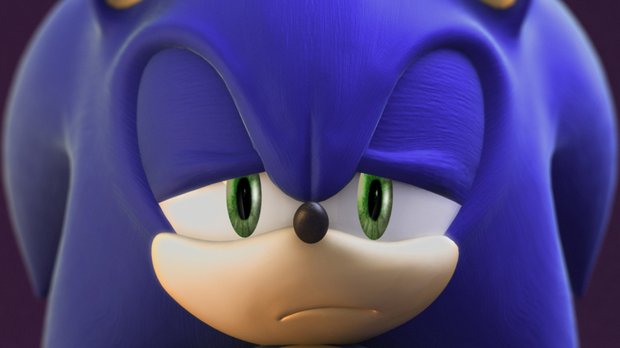
Of course, it’s always been a more prevalent career on PC than on console. Competitive PC gaming has been around for a fair bit longer, after all. At the time of what we could consider traditional competitive gaming’s birth, PCs were the only machines with the facility for LAN parties or multi-region online play. But that didn’t mean that competitive gaming just wasn’t a console ‘thing’. Indeed, one of the earliest, most prominent competitions happened on the NES, not the PC, six years before QuakeCon even existed.
Still one of most iconic gaming events of all time, the 1990 Nintendo World Championships not only spurred an onslaught of legendary Nintendo collectables and some of the rarest merchandise in video game history; it also proved that console gamers liked to compete and that audiences enjoyed revelling in the talents of those competitors. Indeed, this notion was compounded through the ‘80s and ‘90s via competitive gaming TV shows such as Starcade, Nick Arcade, Games World and GamesMaster.
Some time later, as console generations evolved and hardware functionality finally caught up, there began a rise in the popularity of more accessible competitive play. Microsoft introduced the Xbox to the world, and with it Xbox Live. After the success of Halo: Combat Evolved, Halo 2 added online multiplayer to the mix. Its critically acclaimed release in 2004 and the marketing support it garnered made it a prime eSports title. It was the first game ever to be broadcast on national TV for Major League Gaming, and is often seen as the definitive title in bringing console eSports to the masses.
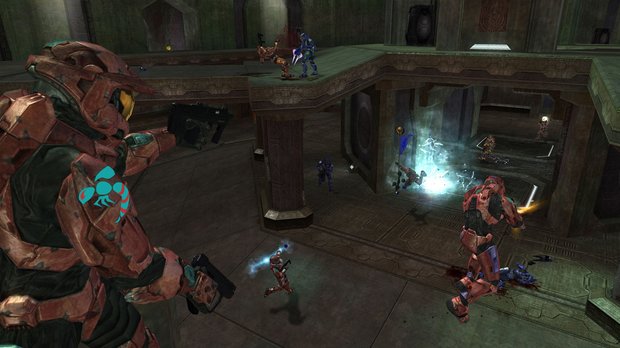
And over the years since then, momentum has built. As well as shooters, fighting games (traditionally console-centric, since Street Fighter 2’s explosion on the SNES) like Smash Bros., Tekken and Marvel vs. Capcom have risen, adored by tournament organisers and players alike for their explosive immediacy, complex strategies, and stringently balanced purity of design. Indeed, next year's Street Fighter 5 is going to launch alongside the Capcom Fighters Network, the developer's most ambitious online attempt to unite its community through rivalries, replays and ranking. Past Halo, Call of Duty’s worldwide popularity - and shift toward being a more console-friendly game following the release of Modern Warfare - has brought massive prize pools and huge marketing pushes from Activision and Xbox. In fact Activision has recently announced the creation of a new eSports division, to be headed up by a former CEO of ESPN.
That’s not to say it’s all plain sailing now. While PC eSports are consistently big business all over the world - League of Legends, StarCraft, DOTA2, take a bow - the console equivalent doesn’t yet quite have the same cultural traction. Even though console Call of Duty is very much live on the eSports scene, the heavy marketing push from Activision certainly helps maintain the competitive appeal. Yet, in comparison, games in the Counter-Strike series achieve wide appeal regardless of publisher involvement, with third-party tournaments taking place all the time. The competitive community spirit still hasn’t become a default part of console gaming. But the ambitiously social focus of new-gen hardware can only help it grow.
Sign up to the GamesRadar+ Newsletter
Weekly digests, tales from the communities you love, and more
So where can we go from here? On the face of it, the outlook still seems bright for competitive gaming on console. The expanding popularity of the overall eSports scene - helped in no small part by social media over recent years - has poked developers to be more open to such things on consoles. Although one of the biggest newly emerging MOBAs on PC, Smite’s transfer to Xbox One has been well received. MLG has announced an Xbox One circuit, with the first major console tournament taking place at Smite’s second world championships in January, with a prize pool of over $200,000.
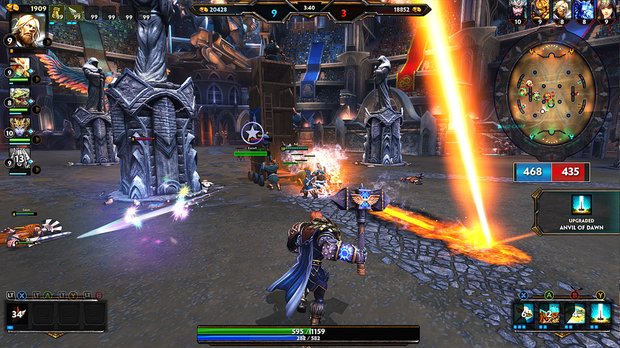
Halo 5 has already added an additional $500,000 to the $1m prize pot for Microsoft’s newly branded Halo World Championships in 2016. And indeed, Halo 5's standout Warzone mode feels heavily, conspicuously inspired by MOBAs like League of Legends, with its mid-game levelling system, AI involvement, and endgame in the form of Core destruction. Clearly the culture is seeping through.
Rocket League exploded onto the scene over the summer, due to being free at launch as part of PlayStation’s Plus scheme. Rocket League is a fantastic competitive game - indeed, it was one of the most played in QuakeCon’s BYOC hall this year - and its rapid boost in console popularity has given the game, with it’s highly balanced play and subtle complexity, a real chance to flourish. MLG streamed the first official tournament in August, with winnings admittedly totaling a measly $500, but the game is certainly on the map.
Destiny, of course, continues to be a huge deal, with 25 million registered players to date. Bungie, familiar with the competitive gaming scene due to its work on Halo, seems keen to bring Destiny into the fray with Trials of Osiris, its unforgiving, fast-paced, 3v3 arena combat mode with weekly rankings. It’s certainly not something that’s going to happen overnight - particularly with Destiny’s inherently asymmetric character builds to take into account - but with Bungie’s vision for Destiny being more long-term than short, it’s heartening to see such a major player testing the eSports water so early in its projected life.
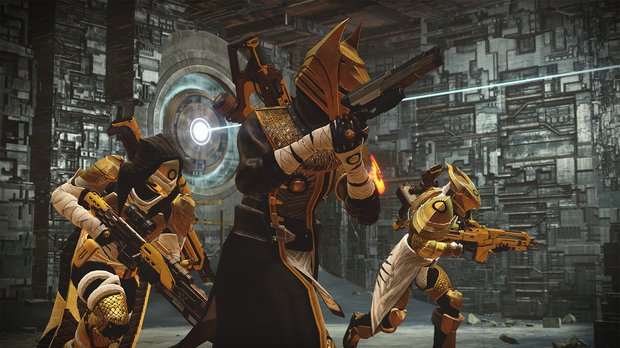
The importance of modern console gaming’s merger with the world of eSports can’t be discounted. As more mass-market, mainstream games take up the competitive mantle, it can only be good for the scene, and good for the profile of the medium. The likes of Halo, Destiny, and Rocket League will bring eSports away from the shadows of arcane, MOBA and RTS-fueled complexity, and provide a comprehensible face for more than just the ultra-hardcore. And in an age when console hardware is making the social sharing of game footage easier than ever, that will only balloon.
The same glory and stardom once reserved for a chosen few seems closer and more attainable than ever, thank to the likes of Twitch and YouTube Gaming, both just a controller button or dashboard news feed away in 2015. Pop stars, footballers and athletes have always attracted sparkle to their own industries. As idols and ambassadors they get respect, glory and plaudits. But now, just as concerts for thousands have become streams watched by millions, gamers are able to admire and emulate a new era of idols who’ve replaced javelins and football boots with controllers and headphones.
Compared to PCs, consoles are more available, far more simple, and cheaper. And on PS4 especially, console gamers are no longer just a name on a screen next to an arbitrary leaderboard score; but known gladiators, with faces and personalities, appearing on screen as soon as you power up. This new combination of competition-tuned games and tangible player identities will surely spur on the next wave of eSport culture, or at the very least acclimatise console gaming to it yet further, only strengthening the cause as we go forward.
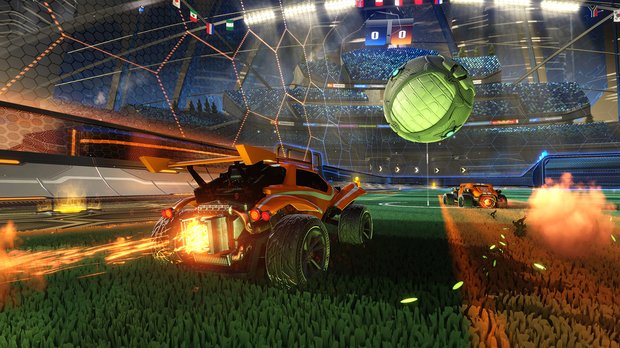
Competitive console gaming hasn’t had an easy path, but it seems we’re getting closer to the real deal. Or at the very least, we’re finally building a solid foundation, with real intent. The only question left, really, is how console gaming as a whole might be affected should eSports fully take off as it currently threatens to.
Will we ever get to stage where the series we’ve held so close to our hearts become a battleground for only the most elite? Will the occasional player, one who simply can’t find time to - or doesn’t want to - throw eight hours a day into practice, eventually be overlooked? It’s certainly something developers need to be aware of, as modern games and modes increasingly cater towards this style of play, but the point where the lines become blurred is yet to surface. As far as I’m concerned, my enjoyment in speeding Sonic around Casino Night Zone in the mid-'90s has naturally evolved into my efficiently popping heads in Halo in 2015 - and for now, that’s fine by me.



